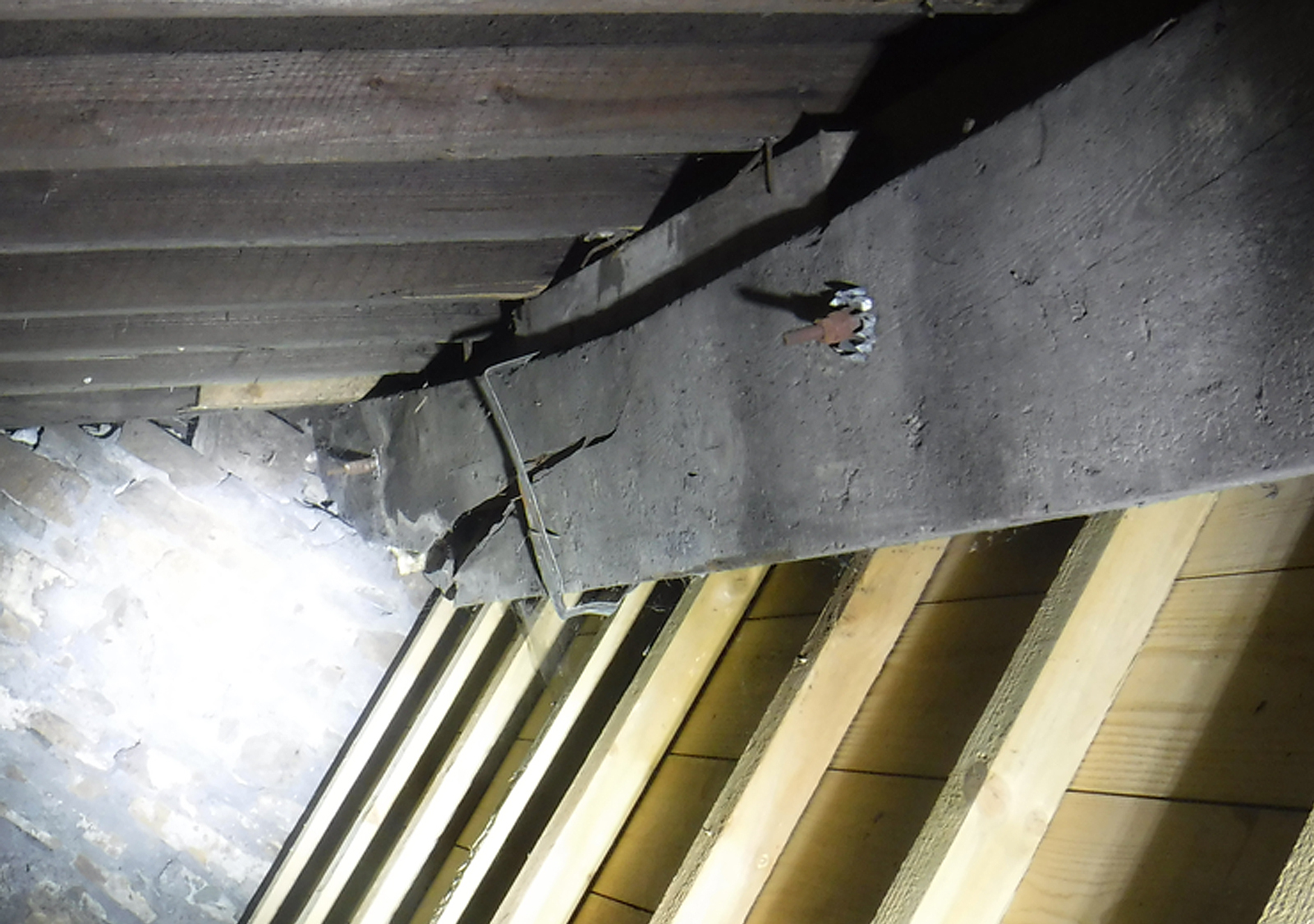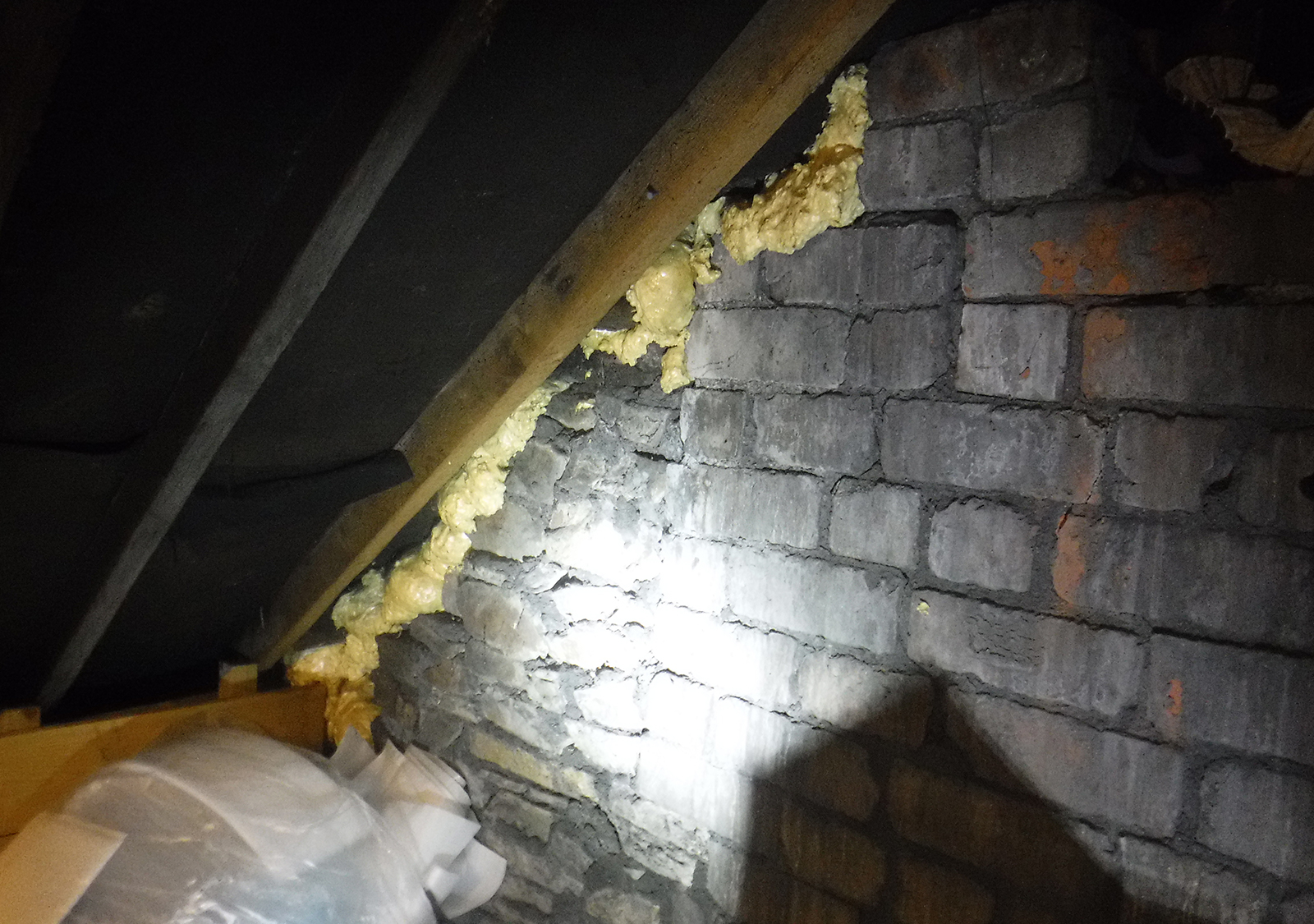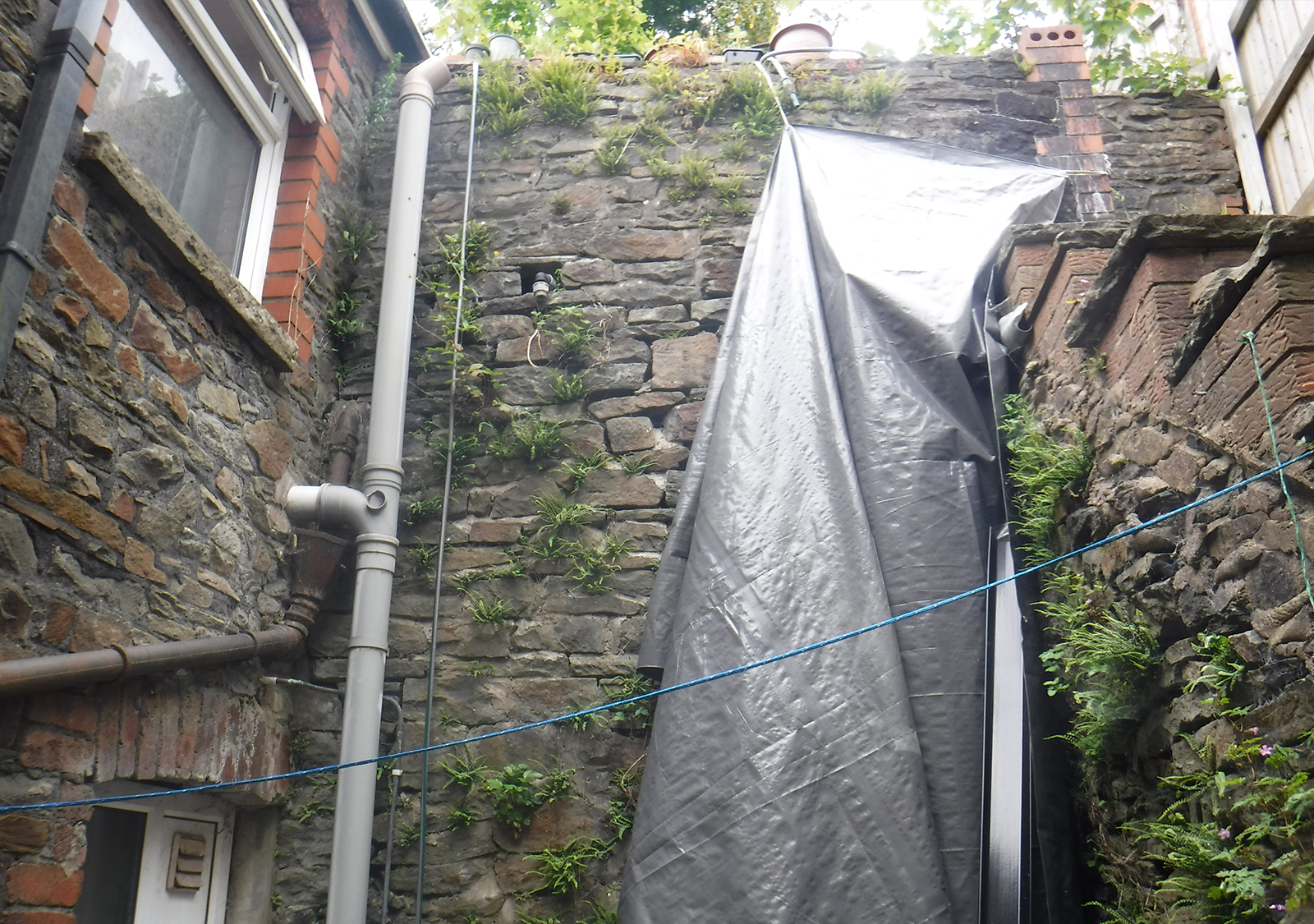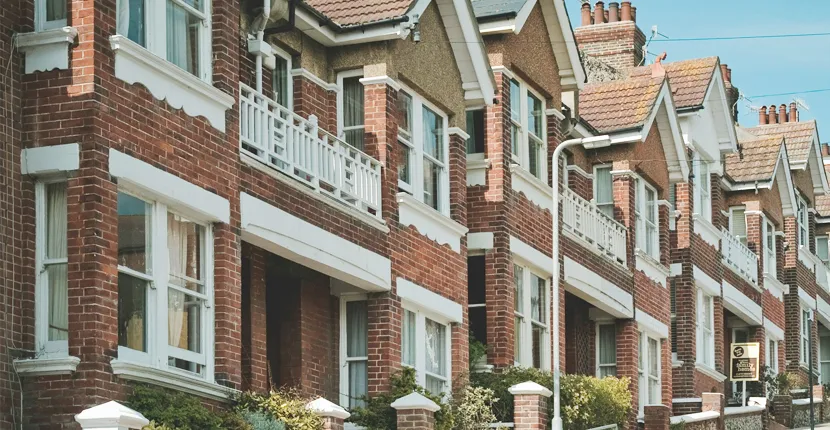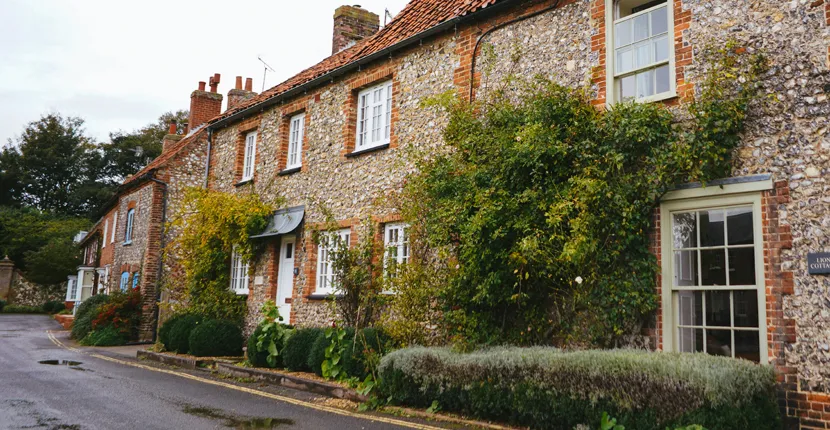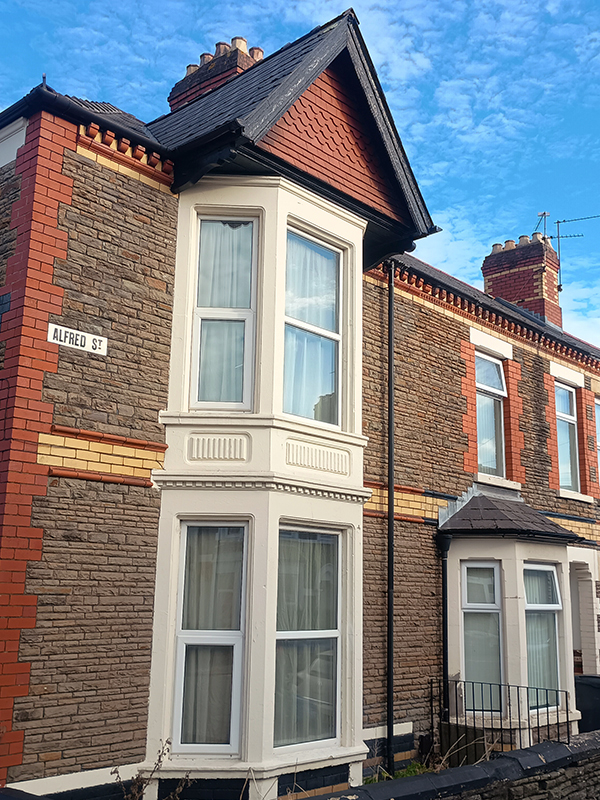
Confidence in every survey
Purchasing a Victorian property in Cardiff, the client needed a clear understanding of
the building’s condition and any serious defects that could affect future costs.
Archwise conducted a comprehensive Level 3 Building Survey, uncovering moderate to
severe issues including significant structural issues, damp ingress and areas requiring
urgent remedial work.
- Project: Level 3 Survey
- Date: June 18, 2025
